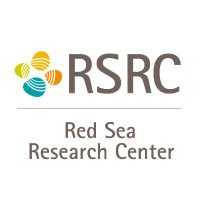
Red Sea Research Center, KAUST
@rsrc_kaust
Official twitter feed of KAUST Red Sea Research Center (RSRC)
ID: 871689016546123776
https://rsrc.kaust.edu.sa/ 05-06-2017 11:23:51
2,2K Tweet
4,4K Followers
211 Following





















@rsrc_kaust
Official twitter feed of KAUST Red Sea Research Center (RSRC)
ID: 871689016546123776
https://rsrc.kaust.edu.sa/ 05-06-2017 11:23:51
2,2K Tweet
4,4K Followers
211 Following



















